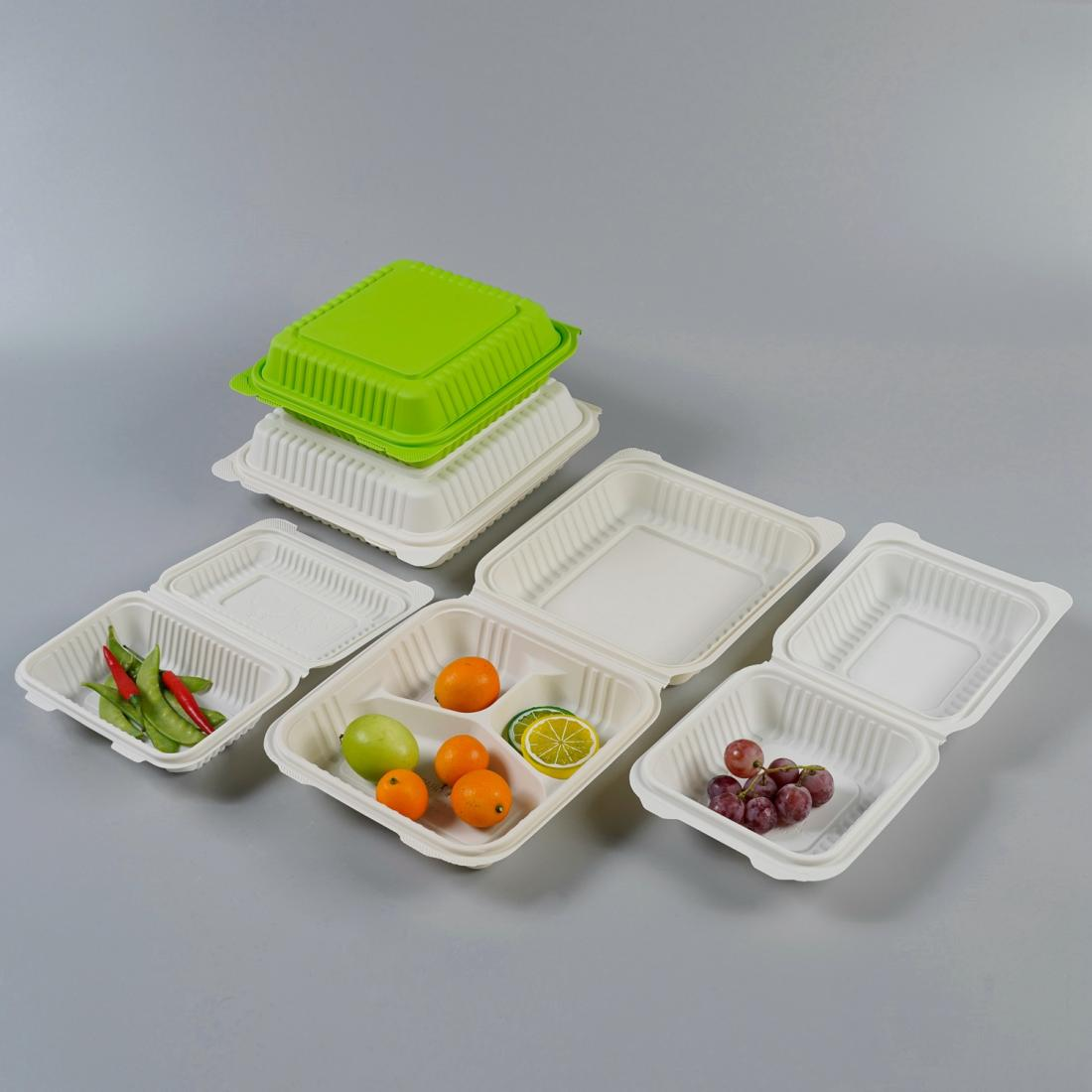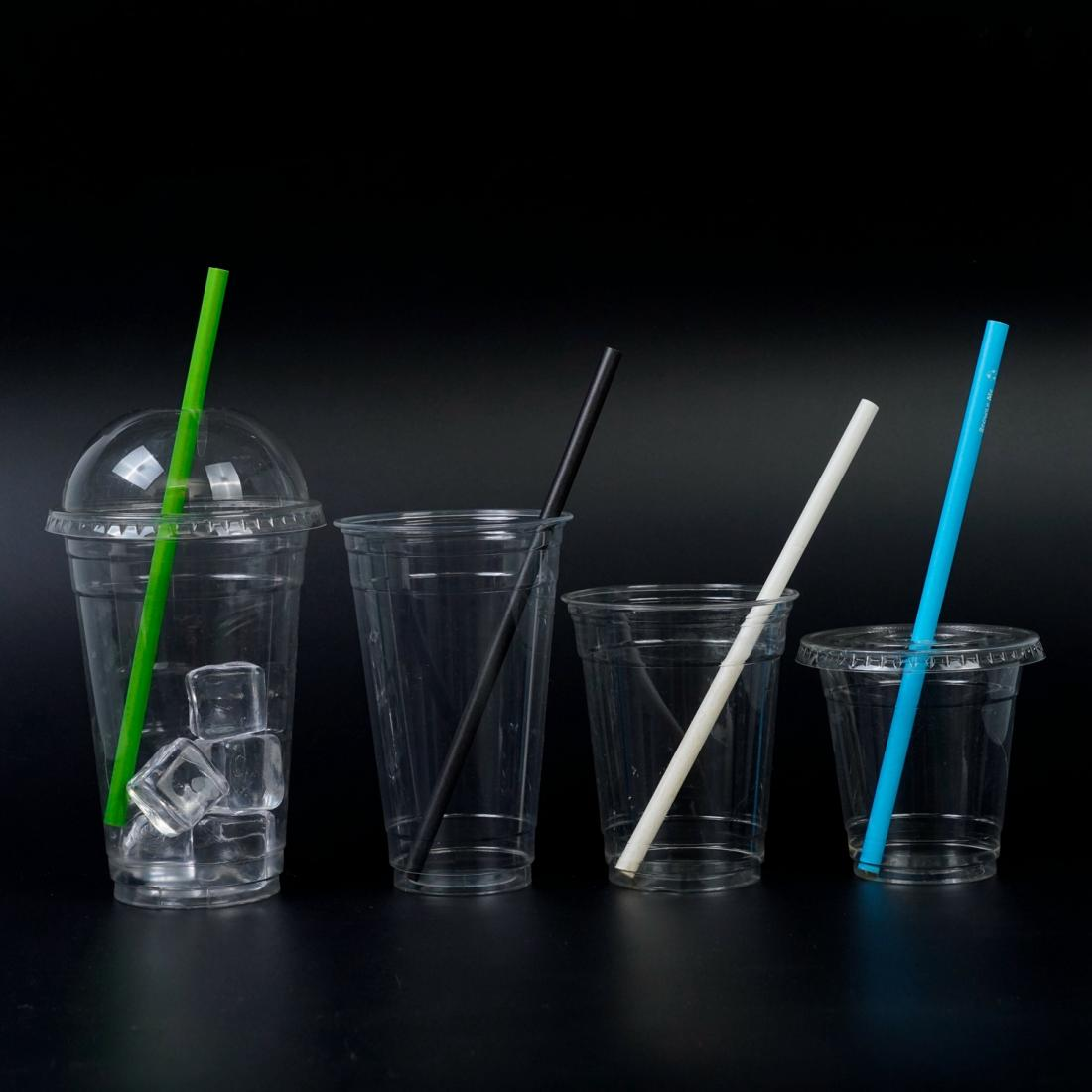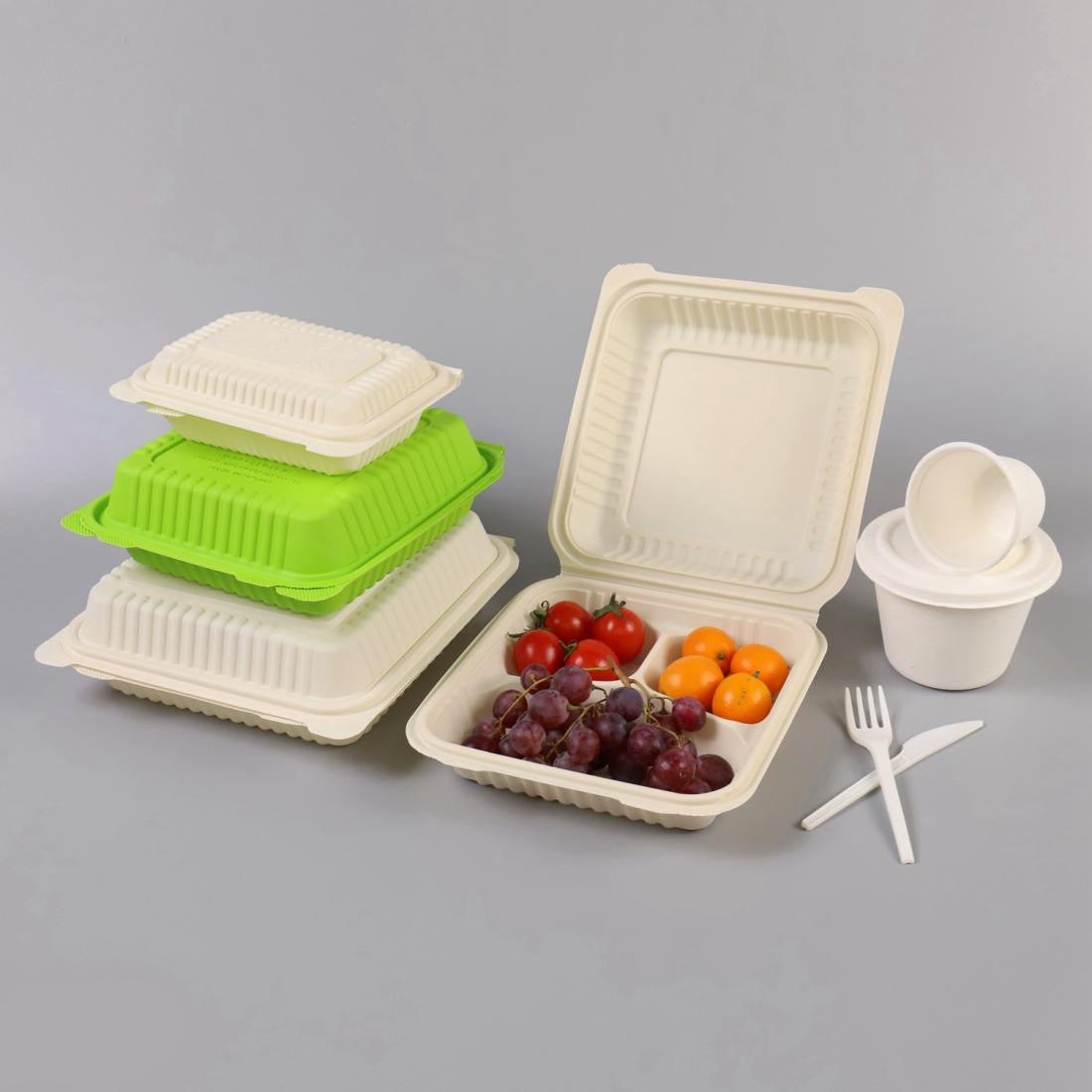The difference between the ingredients of CPLA and PLA tableware products. With the improvement of environmental awareness, the demand for degradable tableware is increasing. Compared with traditional plastic tableware, CPLA and PLA tableware have become more popular environmentally friendly products on the market due to their biodegradable and compostable properties. So, what is the difference between the ingredients of CPLA and PLA tableware? Let’s do a popular science introduction below.
First, let’s take a look at the ingredients of CPLA. The full name of CPLA is Crystallized Poly Lactic Acid. It is a material mixed with polylactic acid (Poly Lactic Acid, referred to as PLA) and reinforcing agents (such as mineral fillers). PLA, as the main ingredient, is more common among eco-friendly materials. It is produced by fermenting starch from renewable plants such as cornstarch or sugarcane. PLA tableware is made of pure PLA material. PLA tableware is naturally degradable and is also a very eco-friendly material. Since the source of PLA is mainly plant raw materials, it will not cause pollution to the environment when it decomposes in the natural environment.
Second, let’s take a look at the degradability of CPLA and PLA tableware ingredients. Both CPLA and PLA tableware are biodegradable materials, and they can decompose in the appropriate environment. However, because certain reinforcing agents are added to the CPLA material to make it more crystalline, CPLA tableware takes longer to degrade. PLA tableware, on the other hand, degrades relatively quickly, and it generally takes several months to several years to completely degrade.
Third, let’s talk about the difference between CPLA and PLA tableware in terms of compostability. Due to the natural degradability of PLA materials, it can be composted under suitable composting conditions and eventually decompose into fertilizers and soil amendments, providing more nutrients to the environment. Due to its high crystallinity, CPLA tableware degrades relatively slowly, so it may take longer in the composting process.
Fourth, let’s take a look at the environmental performance of CPLA and PLA tableware. Whether it is CPLA or PLA tableware, they can effectively replace traditional plastic tableware, thereby reducing environmental pollution. Due to its degradable properties, using CPLA and PLA tableware can reduce the generation of plastic waste and reduce damage to the natural environment. In addition, because CPLA and PLA are made from renewable plants, their production process is relatively eco-friendly.
Fifth, we need to understand whether there is any difference in the use of CPLA and PLA tableware. CPLA tableware is relatively resistant to high temperatures and oil. This is due to the addition of some reinforcing agents when making CPLA tableware, which increases the crystallinity of the material. When using PLA tableware, you need to pay attention to avoid the effects of high temperature, grease and other factors. In addition, because CPLA tableware is made by high-temperature hot pressing, its shape is relatively stable and not easy to deform. PLA tableware generally uses injection molding technology, which can produce containers and tableware of various shapes.
Finally, let’s summarize the differences between CPLA and PLA tableware ingredients. CPLA tableware is a highly crystalline material mixed with polylactic acid and reinforcing agents. It has good high temperature resistance and oil resistance. PLA tableware is made of pure PLA material, which decomposes quickly and is easy to compost. However, care should be taken to avoid using it under high temperature and grease conditions. Whether it is CPLA or PLA tableware, they are both biodegradable and compostable eco-friendly products, which can effectively reduce the environmental pollution caused by plastic waste.
We hope that through the above popular science introduction, you can better understand the differences between the ingredients of CPLA and PLA tableware products. Choose MVI ECOPACK eco-friendly tableware and do your part to protect the environment.
Post time: Oct-23-2023













